Syn.: Trichomanes canariensis L., Polypodium lusitanicum L.
Family: Davalliaceae Mett. ex A. B. Frank
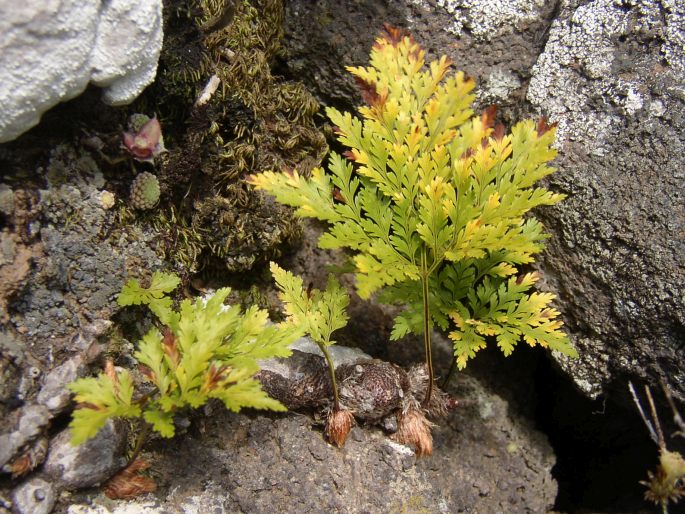
Distribution: The Macaronesian islands (Madeira, the Canary and Cape Verde Islands), Morocco and the Iberian Peninsula.
Ecology: It grows in damp and shady habitats in forests and shrubs, often epiphytic on trunks and branches of trees, but also on rocks and old walls, from sea level to elevation of about 600 m.
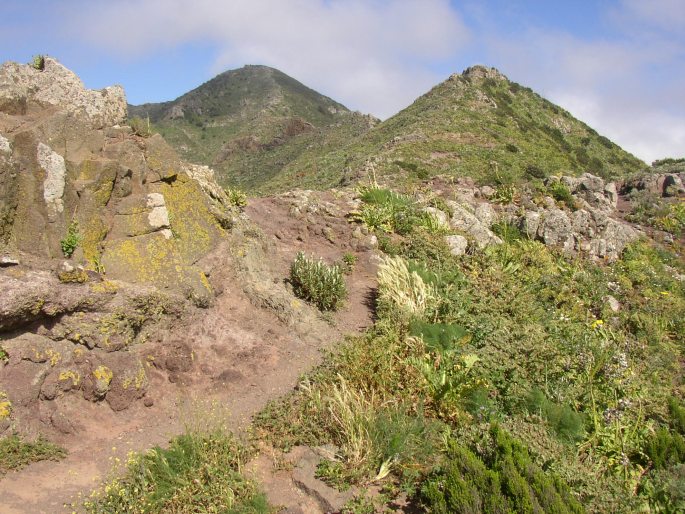
Description: Fern. Rhizome with bright chestnut-coloured scales, 10–15 mm in diameter. Leaves solitary, 12–50 × 10–30 cm, petiole with scales at the base only, about equalling the lamina. Lamina glabrous, deltate, 3- or 4-pinnate; ultimate segments lanceolate or ovate-oblong, mostly bidentate. Indusium attached at the base and sides, cup-shaped.
Notes: The genus Davallia contains about 40 species from tropical and subtropical areas, its distribution centre is located in Southeast Asia. The genus was named after the English botanist Edmund Davall (1763–98).
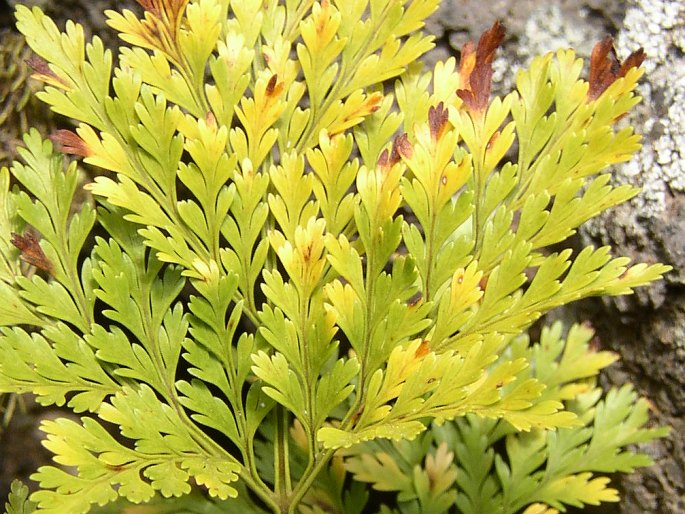
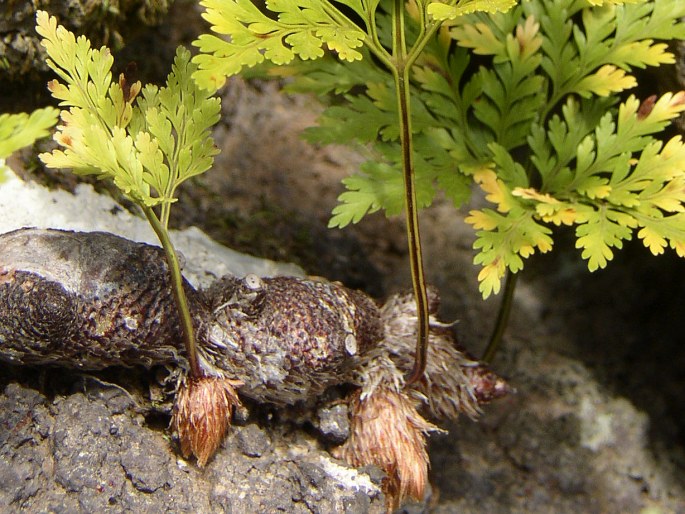
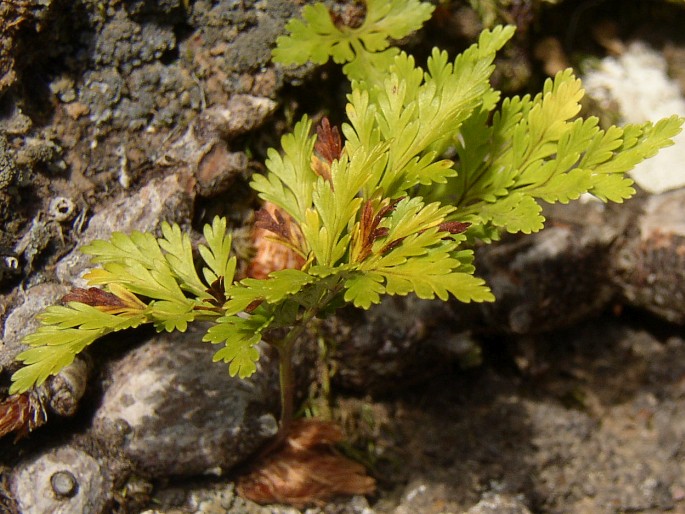
These images were taken in Spain, the Canary Islands, Tenerife, Teno Mts. (March 28, 2006).


